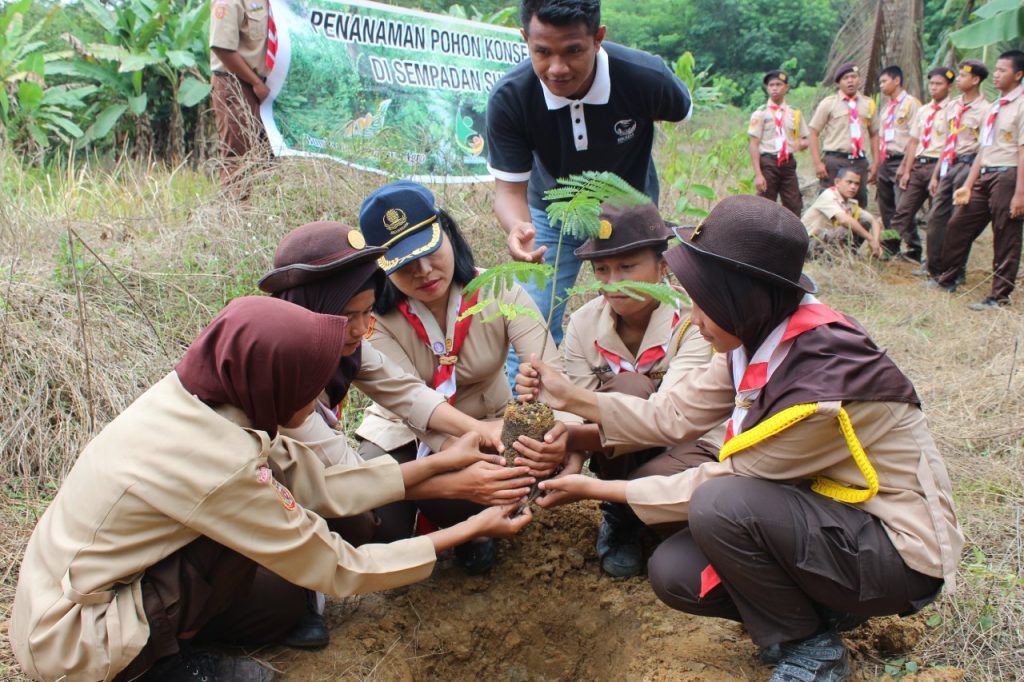
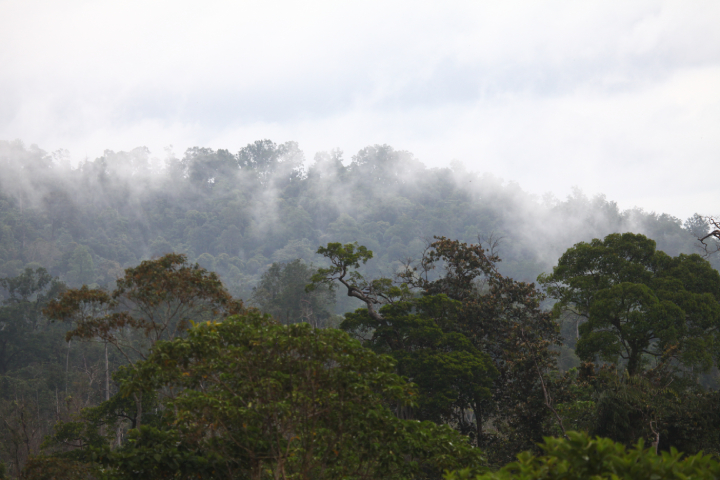
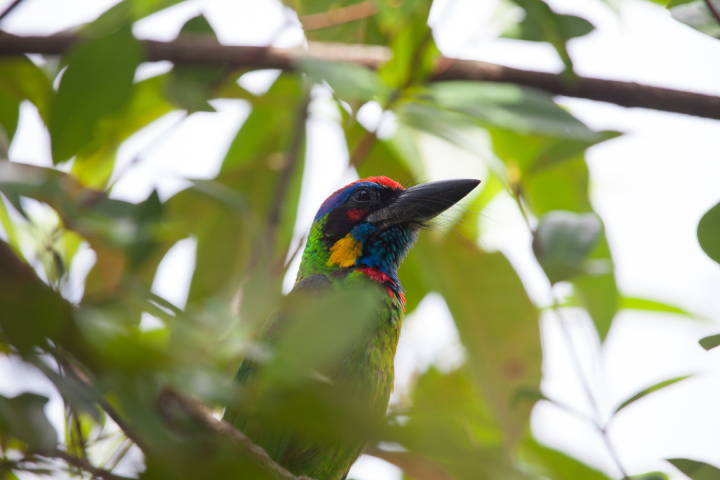
Summary table of our HCV reports:
| Company | Certification Scheme | Date of Publication | Evaluation Status | HCV Report Summary |
|---|---|---|---|---|
| Karya Makmur Langgeng | Integrated HCV-HCS for RSPO New Planting | 23/02/2023 | Satisfactory | Click here |
| Tanah Tani Lestari | Integrated HCV-HCS for RSPO New Planting | 15/12/2021 | Satisfactory | Click here |
| Lestari Gemilang Intisawit, Agro Manunggal Sawitindo, Nabati Agro Subur | Integrated HCV-HCS for RSPO New Planting | 29/11/2021 | Satisfactory | Click here |
| PT Agriplus | RSPO NPP | 09/01/2020 | Satisfactory | Click here |
| PT Damai Agro Sejahtera | RSPO NPP | 18/10/2019 | Satisfactory | Click here |
| PT Hungarindo Persada | RSPO NPP | 29/11/2018 | Satisfactory | Click here |
| PT Raya Sawit Manunggal | RSPO NPP | 14/08/2018 | Satisfactory | Click here |
| PT Gemilang Makmur Subur | RSPO NPP | 25/10/2016 | Satisfactory | Click here |
| PT Investa Karya Bakti | RSPO NPP | 11/08/2016 | Satisfactory | Click here |
| PT Karya Bakti Agro Sejahtera 3 | RSPO NPP | 11/08/2016 | Satisfactory | Click here |
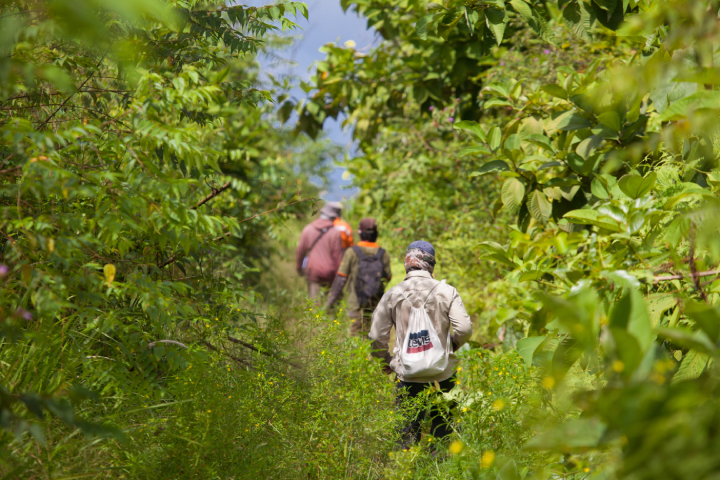
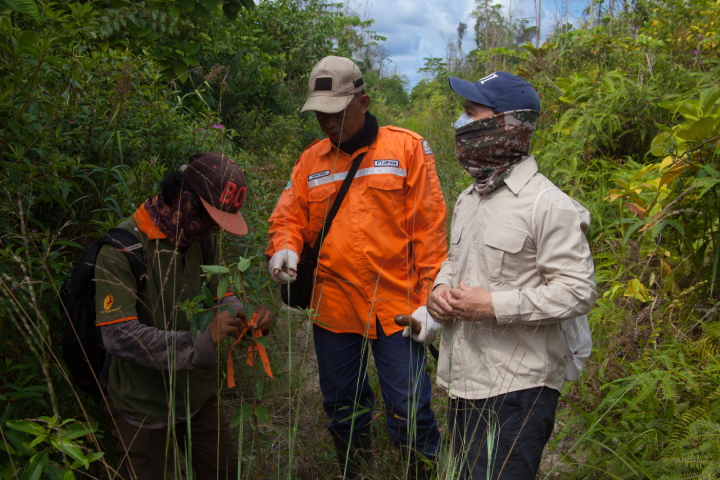
“A key component of their success is an openness to working with other stakeholders, including competitors at adjacent plantations, to achieve a common goal. The BBCP is an example of how companies should lead their conservation efforts.”
– Fitrian Ardiansyah, IDH, Country Director and Executive Chairman
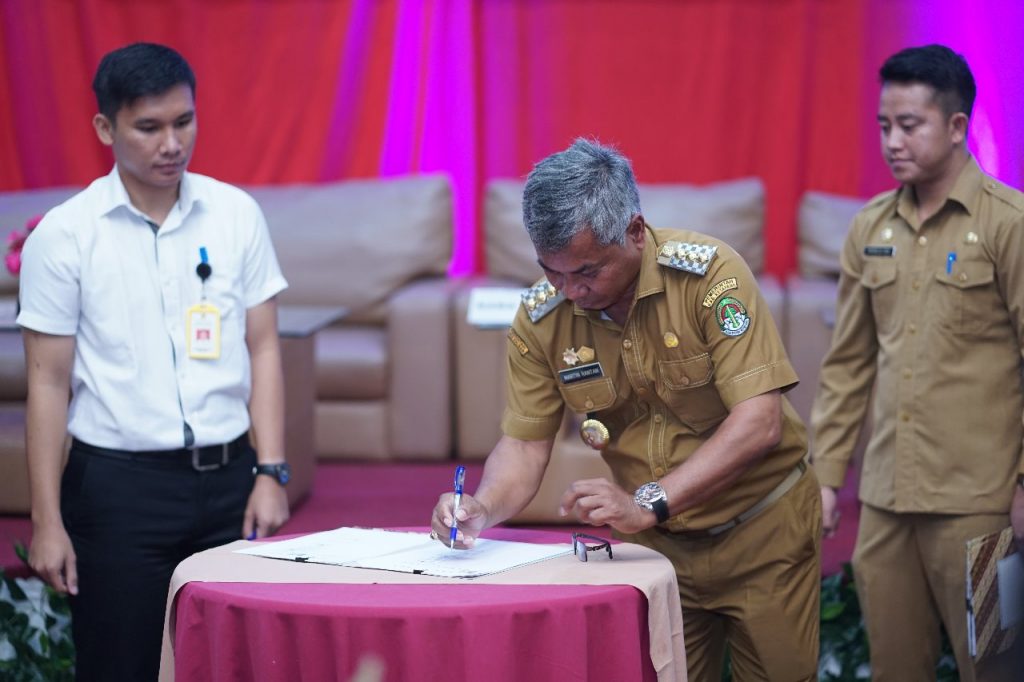
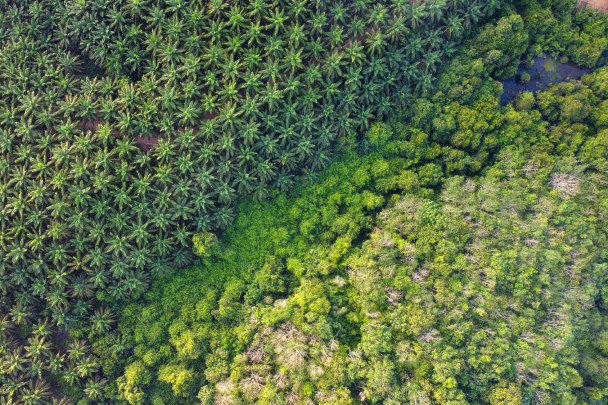
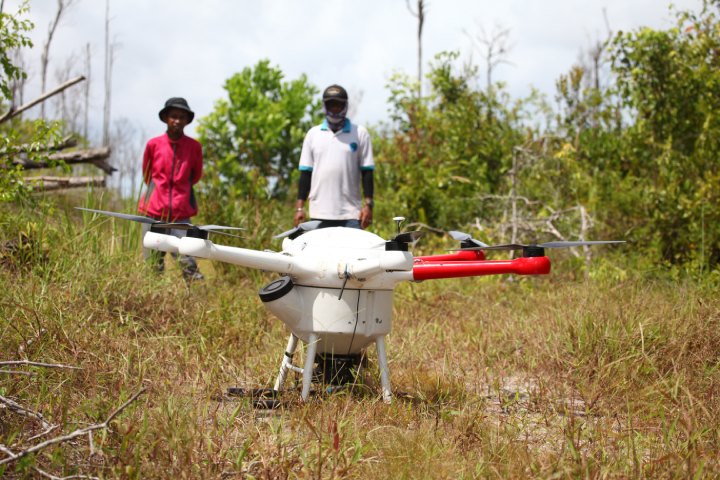
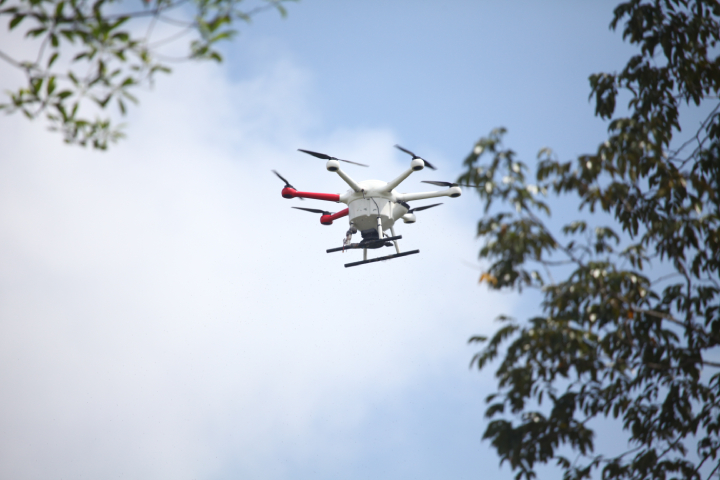
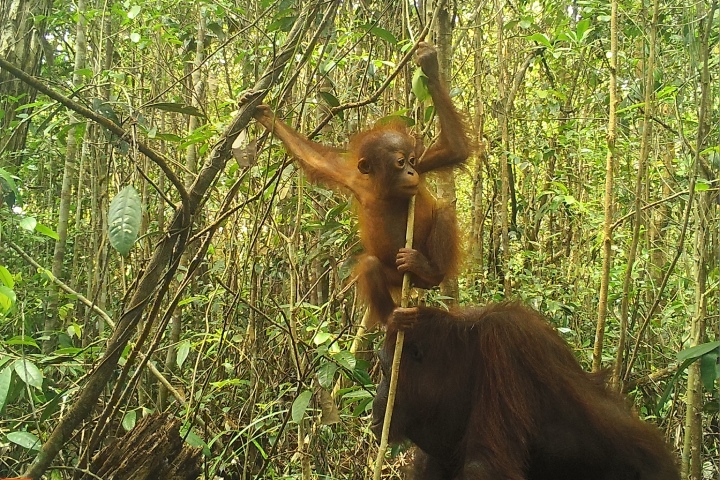
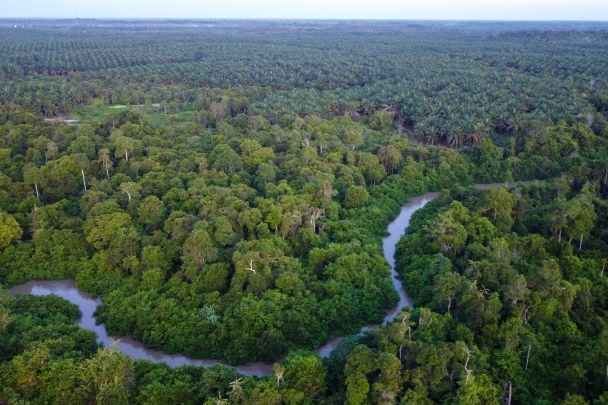
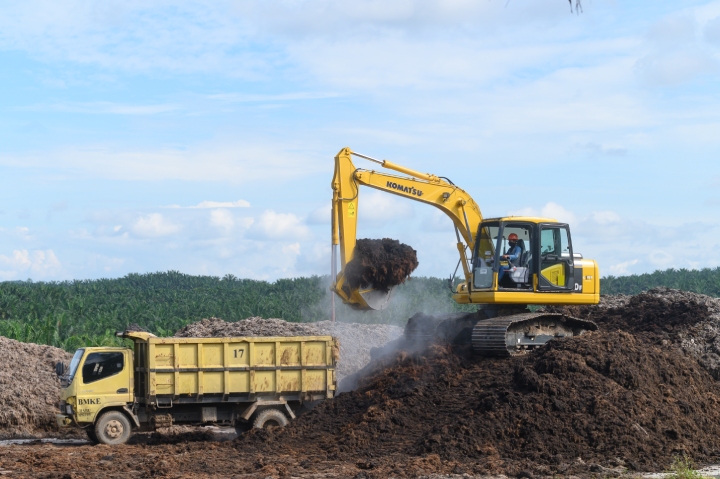
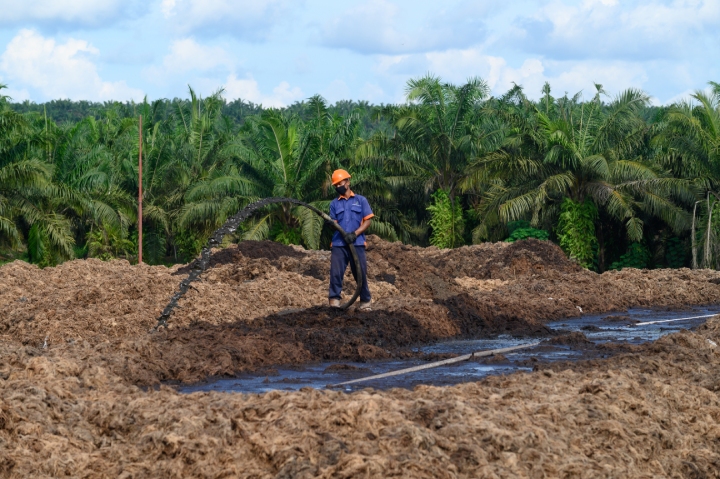
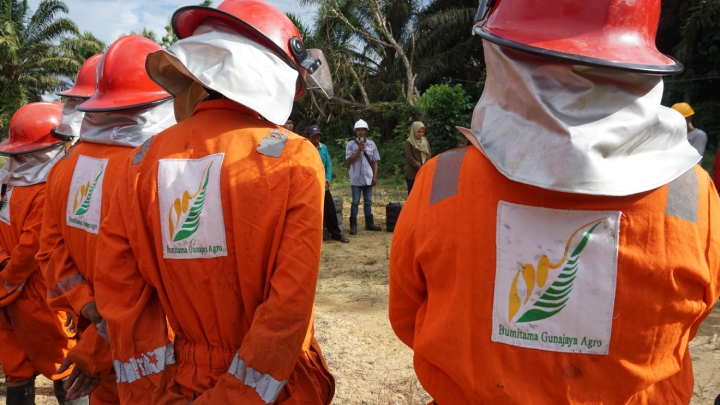
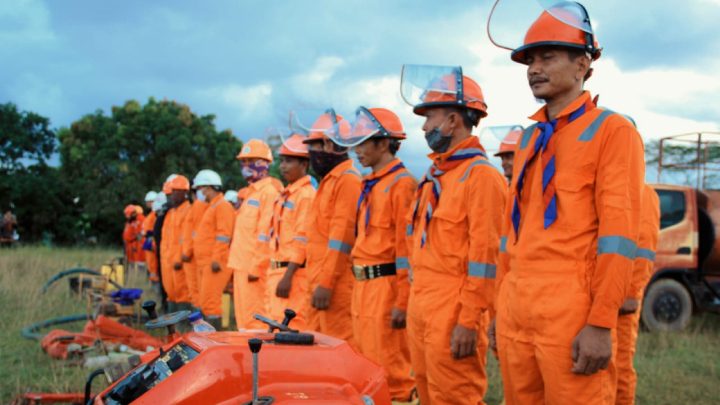
| 2022 | 2023 | 2024 | |
|---|---|---|---|
| Total confirmed fires (no.) | 102 | 129 | 140 |
| Total area burnt (ha) | 211,8 | 278 | 200,3 |
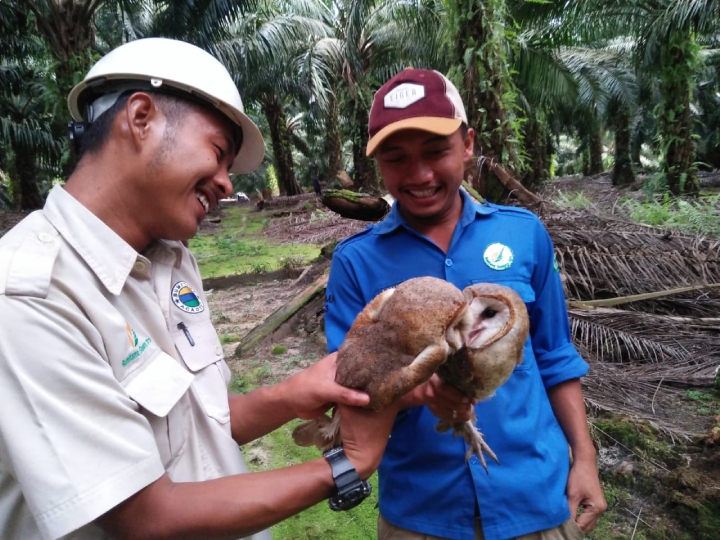
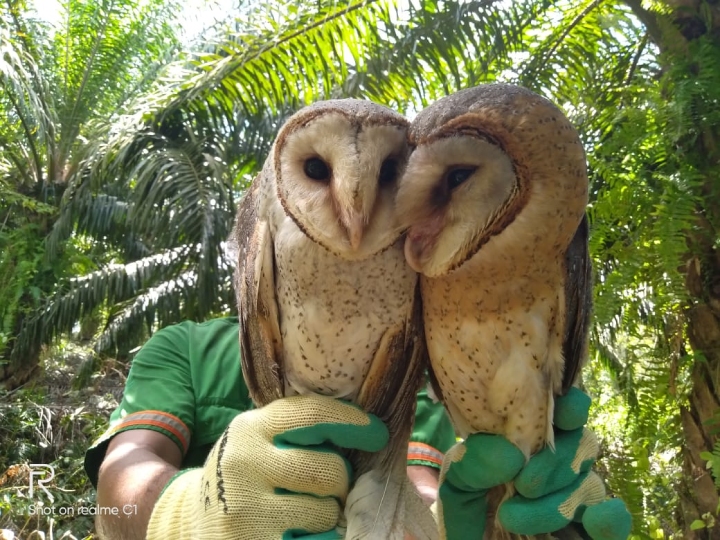
Using an integrated pest management strategy prioritises the use of natural pest reduction solutions and encourages biological controls by means of beneficial plants, pathogens and bacteria. These include improved management of the following problems:
Stem Rot Disease from Ganoderma Fungus
Oil Palm Leaf-Eating Caterpillars
Rats Attacking Oil Palm Plants
We are also trialling alternative herbicides, such as diuron and fluroxypyr, which better target unwanted plant species and prevent resistance.
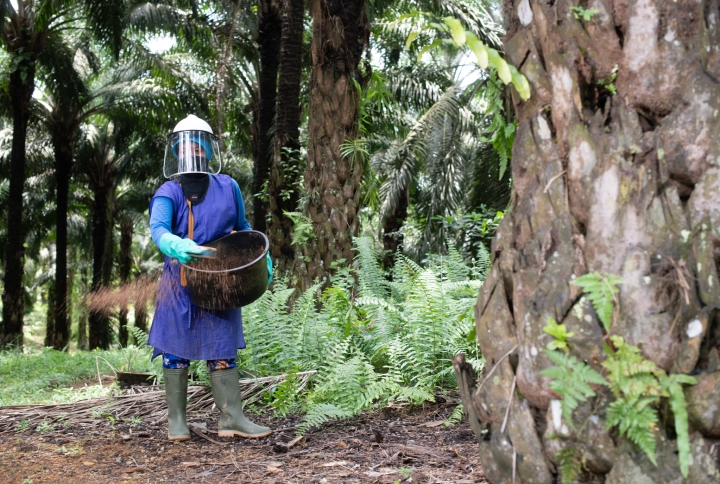
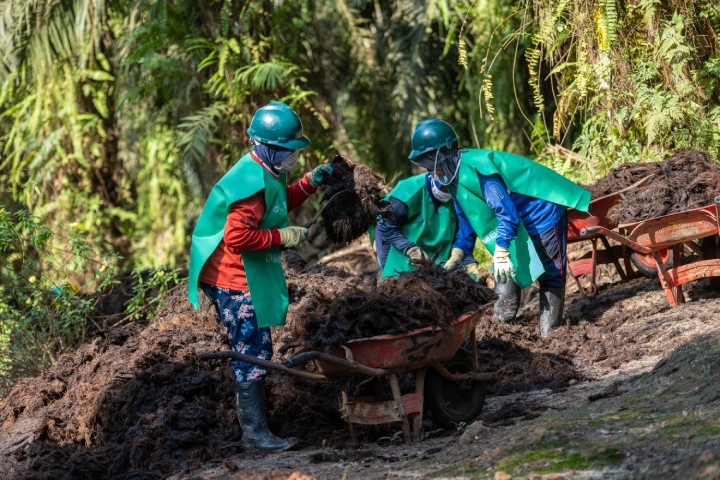
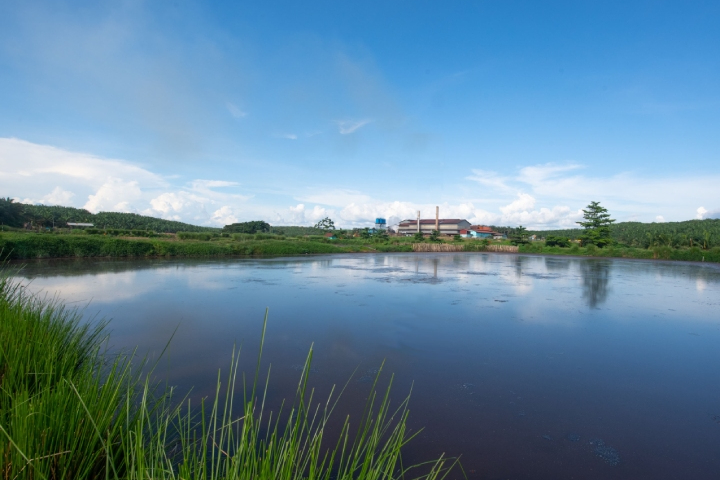
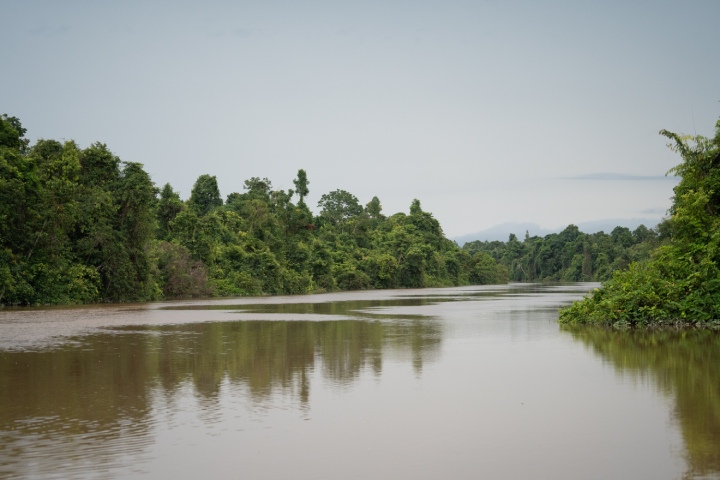
Bumitama is deeply committed to environmental conservation, particularly by identifying, managing, and monitoring conservation areas that serve as critical habitats for diverse species of flora and fauna. These areas are not only home to endemic and protected species but also play a vital role in maintaining the ecological balance of tropical forests ecosystems. Beyond acting as preserved green zones, these areas function as biodiversity strongholds and natural regulators within a complex environmental framework.
Our conservation approach is grounded in structured, collaborative methods that reflect the shift towards more strategic and integrated management. All activities are guided by the High Conservation Area Network (HCVN) and implemented in partnership with internal specialists and external conservation collaborators.
Recent biodiversity monitoring results, carried out in cooperation with government agencies, NGO and local community, indicate that Bumitama’s conservation areas support an estimated 250 to 300 orangutans, alongside 30+ other species listed as Endangered under the IUCN Red list, within our managed landscapes.
To protect and enhance biodiversity, Bumitama’s Biodiversity Policy commits to the following actions:
In line with these commitments, Bumitama also operates the Sustainable Forest Management Programme (Program Hutan Lestari), which demonstrates our ongoing dedication to sustainability by safeguarding conservation areas from illegal encroachment, while also conducting regular biodiversity monitoring and flora and fauna conservation efforts.
Bumitama remains steadfast in its mission to protect biodiversity and maintain ecological integrity. Through continuous conservation efforts and environmentally responsible practices, we aim to contribute to long-term sustainability, while preserving nature for future generations.
Below are the biodiversity monitoring activities under this program:
| Company | Report |
|---|---|
| PT Rohul Sawit Industri | Click here |
| PT Gunajaya Karya Gemilang | Click here |
| PT Windu Nabatindo Lestari | Click here |